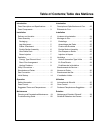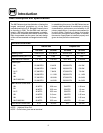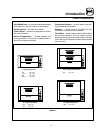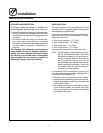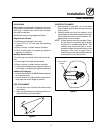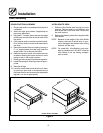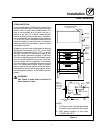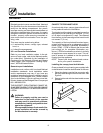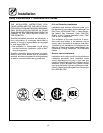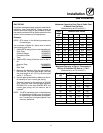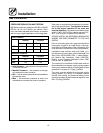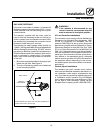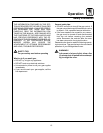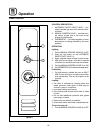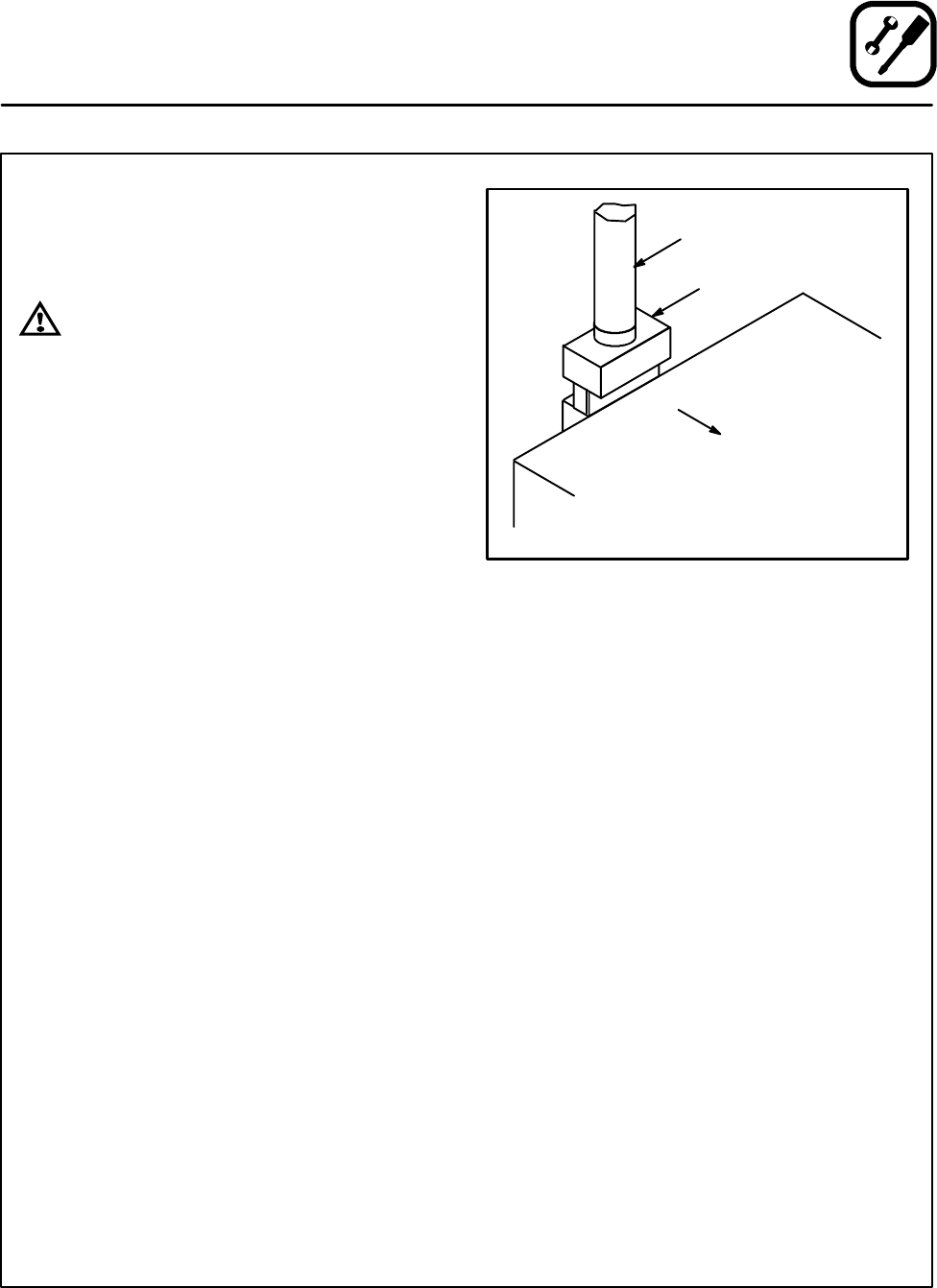
Installation
9
Ventilation
DIRECT FLUE ARRANGEMENT
When the installation of a mechanically driven ex-
haust hood is impractical the oven may be vented
by a direct flue arrangement.
WARNING!!
It is essential that the direct flue be
installed as follows. Incorrect installation
will result in unsatisfactory baking and
oven damage.
ThefluemustbeclassBorbetterwithadiameter
of 6” (15 cm). The height of the flue should rise 6-8
ft (2-2.5 m) above the roof of t he b uilding or any
proximate s tructure. Never direct vent the oven
into a hood. The flue should be capped with a UL
Listed type vent cap to isolate the unit from exter-
nal environmental conditions.
Thedirectventcannotreplaceairconsumedand
vented by the oven. Provisions must be made to
supply the room w ith sufficient make-up air. To in-
crease the supply air entering the room, a ventila-
tion expert should be consulted.
Installing the draft hood
Ovens ordered for direct venting are supplied with
a draft hood. Install the draft h ood as f ollows:
1. Place the draft hood over the flue connector.
SeeFigure7.
2. Secure both ends with the sheet metal screws
provided.
Front of
Oven
Draft Hood
Flue
Figure 7
VENTING PROBLEMS
Blodgett gas deck ovens use the natural principal
of heat rising as the basic method of ventilation. If
the venting of any deck oven is either restricted or
forced in any w ay the baking characteristics of the
oven will be adversely affected.
Examples of forced venting include:
D
installation of a fan in a direct vent p ipe
D
use of a canopy type hood without the draft di-
verter
Examples of restricted venting include:
D
use of tees and elbows
D
long horizontal runs



